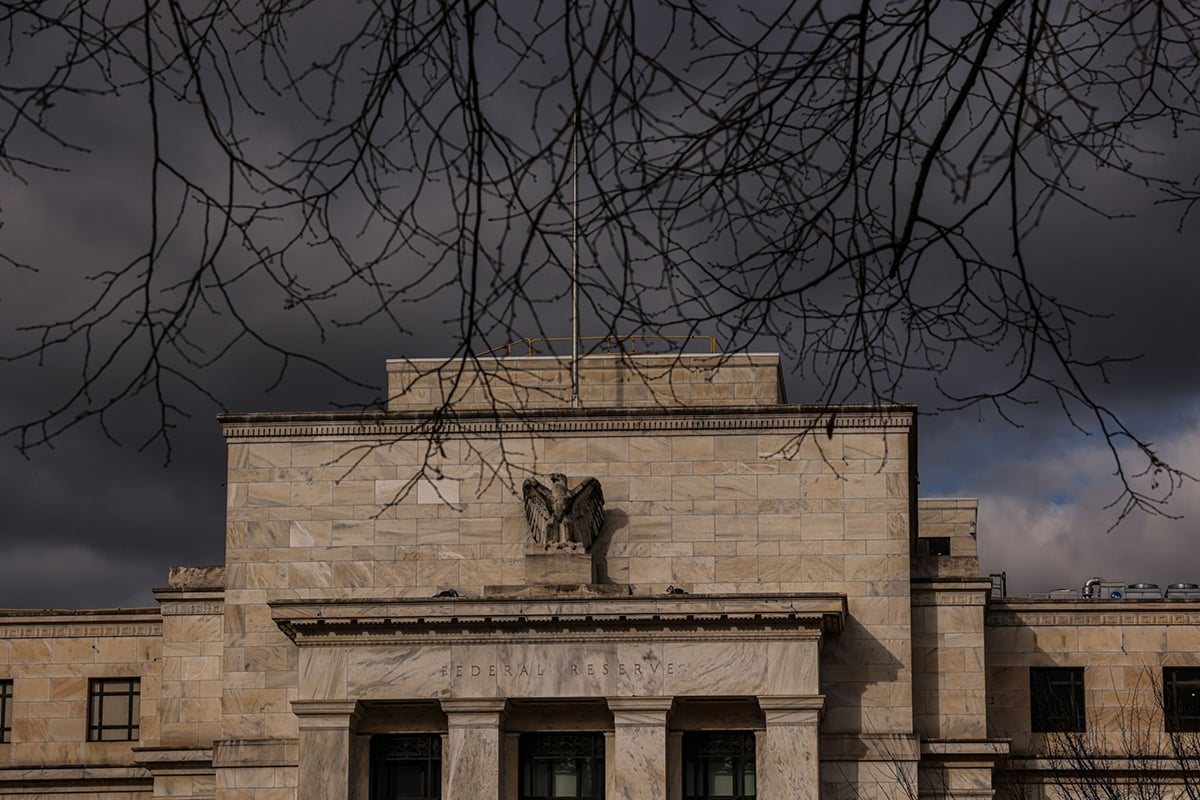The U.S. Supreme Court let stand a major insider-trading rulingthat threatens at least 10 convictions and creates what the Obamaadministration calls a road map for securities fraud.
|Rejecting an administration appeal without comment, the justicesrefused to consider reinstating the overturned convictions of hedgefund managers Todd Newman and Anthony Chiasson. Among those who maybenefit are SAC Capital Advisors LP's Michael Steinberg, who isseeking to reverse his own conviction on similar grounds.
|The rebuff is a blow to U.S. Attorney Preet Bharara, the NewYork prosecutor who had racked up more than 80 insider-tradingconvictions during a six-year attack on crooked fund managers,corporate insiders, and consultants. The high court's action camein a list of orders released on the first day of its new nine-monthterm.
|The ruling was issued by the New York-based federal appealscourt, which is especially influential in securities-fraud cases.The decision raised the bar for prosecutions stemming frominformation passed by a corporate insider to a friend, relative, orbusiness associate.
|President Barack Obama's administration said the decisionimmunizes conduct that had long been understood to be criminal. Theruling “insulates from liability deceptive acts that undermine theintegrity of the markets,” U.S. Solicitor General Donald Verrilliargued in the government's appeal.
|History of Criminalized Insider Trading
|The Supreme Court said in 1983 that people who trade onconfidential information can be prosecuted only if the insiderreaped a benefit from the leak.
|At issue in the appeal was whether that benefit must be aconcrete one, as the lower court ruled. The Obama administrationargued that it was enough if the insider made a gift of theinformation to a friend or relative.
|Newman, a former portfolio manager at Diamondback CapitalManagement, and Chiasson, co-founder of Level Global Investors,were part of a group of information-swapping friends who calledthemselves the “Fight Club,” after a Brad Pitt film.
|The two men were convicted of trading based on leaks thatstarted with people at Dell Corp. and Nvidia Corp. In the case ofDell, the information came from an employee in the company'scorporate-development department who gave pre-announcement earningsinformation to an analyst. The tip eventually reached Newman andChiasson through analysts who worked for them.
||With Nvidia, the disclosure began with an employee in thecompany's finance unit who provided earnings numbers to a friend,who then passed the information to an analyst. The information madeits way to Newman and Chiasson through the same circle of analystsinvolved in the Dell leak.
|Prosecutors said the information earned US$4 million forNewman's fund and $68 million for Chiasson's. Newman was sentencedto four and a half years in prison and Chiasson six and a halfyears.
|“Unfortunately, this victory comes only after years ofgovernment overreaching,” Newman's lawyers, Stephen Fishbein andJohn Nathanson, said in a statement.
|Chiasson's lawyer, Gregory Morvillo, said his client “is deeplygratified by this complete vindication, one that ends the five-yearordeal he and his family endured.”
|Steinberg's attorney, Barry Berke, said in a statement that hisclient's conviction must now be tossed as well since it's now clear“he did not commit any crime.”
|Bharara's spokesman, Jim Margolin, declined to comment.
|Disclosure of Insider Information Must Provide ClearBenefit
|In overturning the convictions, the appeals court saidprosecutors needed to show that the person disclosing theinformation received a clear benefit—something more than thenurturing of a friendship.
|The appeals court also said the person being prosecuted had toknow about the benefit. That issue wasn't before the SupremeCourt.
|The high court rebuff “cements that decision's changes to thelandscape of insider-trading law,” said John Zach, a former federalprosecutor who worked on the Newman and Chiasson case and is now apartner at Boies Schiller & Flexner. “With that increasedbenefit requirement now the law, an entire class of tippers whoknowingly traffic in inside information are shielded fromprosecution.”
|The ruling has already prompted the dismissal of cases againstfive people, including four who had pleaded guilty. It undercut acrackdown that in 2012 won Bharara a spot on the cover of Timemagazine under the headline “This man is busting Wall Street.”
|Newman and Chiasson urged the Supreme Court not to take up thecase, saying it was the Obama administration that was pushing for asweeping change in the law. The administration “seems to advocate arule that would bar trading based on any material nonpublicinformation—a rule that this court has consistently repudiated,”Chiasson argued.
|The Supreme Court has defined insider trading to encompass onlythose instances where a person violates a fiduciary duty toshareholders—such as when an employee personally benefits from aleak of nonpublic information. In a 1980 case the Supreme Courtrejected the idea of “a general duty between all participants inmarket transactions to forgo actions based on material, nonpublicinformation.”
|The standards for insider trading are unclear in part becausethe 1934 law used for prosecutions doesn't specifically mention thepractice. Over the years, the Supreme Court has concluded thatinsider trading is a type of fraud, which is explicitly covered bythe Depression-era statute.
|The case is United States v. Newman, 15-137.
|–With assistance from Bob Van Voris in Federal court inManhattan.
|Copyright 2018 Bloomberg. All rightsreserved. This material may not be published, broadcast, rewritten,or redistributed.
Complete your profile to continue reading and get FREE access to Treasury & Risk, part of your ALM digital membership.
Your access to unlimited Treasury & Risk content isn’t changing.
Once you are an ALM digital member, you’ll receive:
- Critical Treasury & Risk information including in-depth analysis of treasury and finance best practices, case studies with corporate innovators, informative newsletters, educational webcasts and videos, and resources from industry leaders.
- Exclusive discounts on ALM and Treasury & Risk events.
- Access to other award-winning ALM websites including PropertyCasualty360.com and Law.com.
*May exclude premium content
Already have an account? Sign In
© 2024 ALM Global, LLC, All Rights Reserved. Request academic re-use from www.copyright.com. All other uses, submit a request to [email protected]. For more information visit Asset & Logo Licensing.







